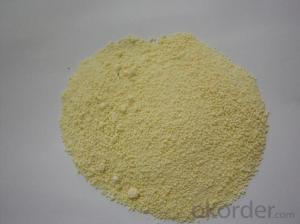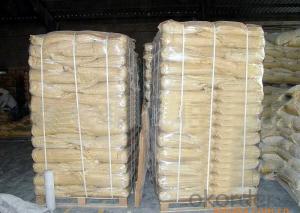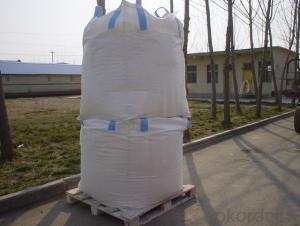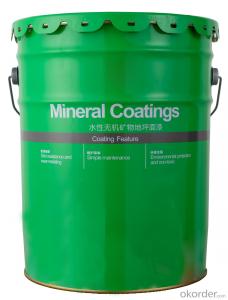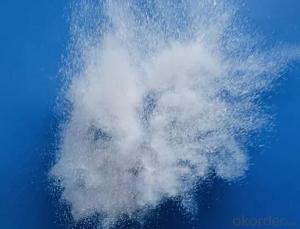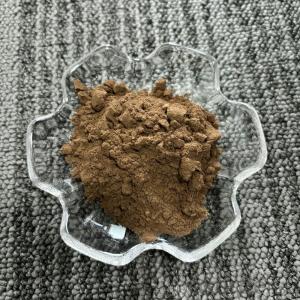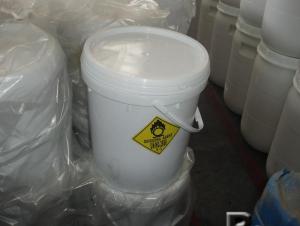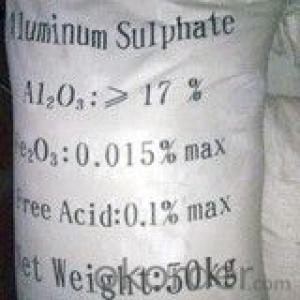RUBBER VULCANIZING ACCELERATOR MBTS (DM)
- Loading Port:
- Tianjin
- Payment Terms:
- TT OR LC
- Min Order Qty:
- 25 m.t.
- Supply Capability:
- 12000 m.t./month
OKorder Service Pledge
OKorder Financial Service
You Might Also Like
RUBBER VULCANIZING ACCELERATOR MBTS(DM)
Chemical Name: Dibenzothiazole disulfide
Molecular Formula: C14H8N2S4
Molecular Weight:332.50
CAS NO. : 120-78-5
Executive standard:GB/T 11408-2003
Specification:
| Index | ||
High-class products | First-class products | Acceptable end-product | |
Appearance(Visual inspection) | White or light yellow powder, granular | ||
Initial M.P, oC ≥ | 170.0 | 166.0 | 162.0 |
Loss on drying, % ≤ | 0.30 | 0.40 | 0.50 |
Ash, % ≤ | 0.30 | 0.50 | 0.70 |
Residues on 150μm sieve,% ≤ | 0.00 | 0.10 | 0.10 |
Properties: white or light yellow powder (granule) with a little bitter, no poison. The density is 1.50, Melting point above 170℃,slightly soluble in benzene, chloroform and ethanol, is not soluble in water petrol. And ethyl acetate. Good storage stability.
Application: Given flat, moderately fast cures in NR and SR. Also used in a wide range of general purpose rubber. Non-staining and non-discolouring in "white" socks; used as a plasticizer and retarder in polychloroethylene rubber. Secondary acceleration is usually required for synthetic polymers. Better scorch safety than MBT.
Packaging: 20kg plastic woven bag, paper with plastic film bag, kraft paper bag or jumbo bag.
Storage: e product should be stored in the dry and cooling place with good ventilation, avoiding exposure of the packaged product to direct sunlight. The validity is 2 years.
Note: The product could be ultra fine powder based on customer accurate requirement.
- Q:The role of catalyst in chemical reactions
- The role of the catalyst is to change the reaction required to achieve the activation energy, can reduce the activation energy is called positive catalyst (that is, usually the meaning of the catalyst), to improve the activation energy is negative catalyst
- Q:Is it possible for the different chemical reactions to have the same catalyst?
- Right, think about the catalysis of biological enzymes
- Q:Could you please explain it, i know they increase reaction rates but how?
- A catalyst lowers the activation energy (the minimum amount of energy needed for a reaction to take place). This means that the particles can react with less energy than they needed before the catalyst was added. (Think about it: if the government lowered the legal age to buy cigarettes, then more people could legally buy cigarettes. Similarly, if we lower the amount of energy needed for particles to react, then more particles can react). Also, a catalyst provides a surface on which the reaction can take place. This increases the number of collisions between the particles of the substances that are reacting.
- Q:Chemistry GCSE what is a catalyst?
- A catalyst is a substance added to a reaction to speed the reaction up!
- Q:Hydrogen and oxygen in the role of the catalyst can do the chemical formula of aviation fuel?
- Do not be irresponsible, rocket fuel is hydrogen peroxide. H2 + O2 = H2O2 (catalyst)
- Q:The catalyst can change the chemical reaction process, why is it wrong?
- Clear catalyst is to change the reaction rate, and some of the catalyst in the reaction is to speed up the reaction rate, and some reactions in the catalyst is to slow down the reaction rate. The catalyst changes the rate of chemical reaction and can not be said to change the course of the reaction
- Q:what is the difference between enzyme and catalyst?
- Enzymes and catalysts both affect the rate of a reaction. The difference between catalysts and enzymes is that while catalysts are inorganic compounds, enzymes are largely organic in nature and are bio-catalysts. Even though all known enzymes are catalysts, all catalysts are not enzymes. Moreover, catalysts and enzymes are not consumed in the reactions they catalyze. Catalysts are low molecular weight componds, enzymes are high molecular globular proteins. Catalysts are inorganic, enzymes are organic. Catalyst reaction rates are slower (usually) than enzyme reaction rates. Catalysts are not generally specific - enzymes are VERY specific. Catalysts increase or decrease the rate of a chemical reaction, enzymes are proteins that incrase the rate of chemical reactions & convert the substrate into product. There are 2 types of catalysts - (positive & negative), and the 2 types of enzymes are activation enzymes and inhibitory enzymes. Catalysts are simple inorganic molecules, while enzymes are complex proteins.
- Q:Who knows hydrogen and nitrogen in the high temperature, high pressure and catalyst conditions for the synthesis of ammonia chemical equation ah? Urgent! The SOS
- 3H2 + N2 ===== 2NH3
- Q:Will the catalyst change in the chemical reaction?
- In fact, there are two kinds of catalyst mechanism, one is not a chemical reaction, the reaction did not occur throughout the chemical reaction, the catalyst did not change; one is involved in the reaction process, but the final production of the catalyst, which The class reaction generally occurs in a stepwise chemical reaction.
- Q:Comparison of biocatalysts with chemical catalysts!
- (1) The chemical reaction catalyzed by the biological enzyme is generally carried out under relatively mild conditions. (2) The enzyme has the highest activity at the optimum temperature and pH, and the temperature of the biocatalyst is more moderate. And PH high or low, the enzyme activity will be significantly reduced.In general, the animal in the enzyme the optimal temperature between 35 ~ 40 ℃; plant enzyme in the optimal temperature between 40 ~ 50 ℃; animal body Of the enzyme most of the most suitable pH between 6.8.0, but there are exceptions, such as the optimal pH of pepsin 1.5; plant enzymes in the most suitable pH between 4.6.5. (3) acid, Or the temperature is too high, the enzyme structure will be destroyed, so that the enzyme permanently inactivated .0 ℃ or so, the enzyme activity is very low, but the spatial structure of the enzyme is stable, at the appropriate temperature of the enzyme activity can be increased The
1. Manufacturer Overview |
|
|---|---|
| Location | |
| Year Established | |
| Annual Output Value | |
| Main Markets | |
| Company Certifications | |
2. Manufacturer Certificates |
|
|---|---|
| a) Certification Name | |
| Range | |
| Reference | |
| Validity Period | |
3. Manufacturer Capability |
|
|---|---|
| a)Trade Capacity | |
| Nearest Port | |
| Export Percentage | |
| No.of Employees in Trade Department | |
| Language Spoken: | |
| b)Factory Information | |
| Factory Size: | |
| No. of Production Lines | |
| Contract Manufacturing | |
| Product Price Range | |
Send your message to us
RUBBER VULCANIZING ACCELERATOR MBTS (DM)
- Loading Port:
- Tianjin
- Payment Terms:
- TT OR LC
- Min Order Qty:
- 25 m.t.
- Supply Capability:
- 12000 m.t./month
OKorder Service Pledge
OKorder Financial Service
Similar products
New products
Hot products
